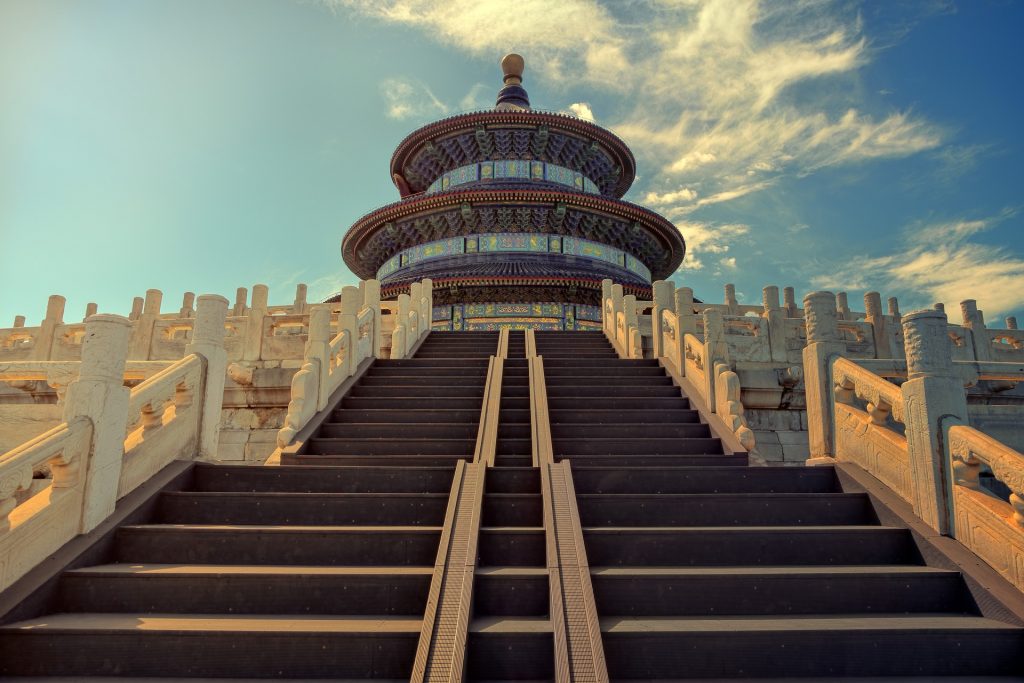China, a land of timeless beauty and rich history, has long captured the imagination of travelers and history enthusiasts. As we embark on a journey through ancient China, we’ll delve into the historical sites and cultural heritage that tell the story of this vast and diverse nation. From the monumental Great Wall to the awe-inspiring Terracotta Army, China’s historical treasures are waiting to be explored.
The Great Wall of China: A Monument to History and Perseverance
The Great Wall of China, a symbol of human determination and ingenuity, spans thousands of miles across the country’s rugged terrain. Originally built as a defensive fortification, it has evolved into an iconic cultural landmark that draws visitors from around the world. While many visit the bustling Badaling section, each part of the Great Wall has its unique charm and history to offer.
The Terracotta Army: Guardians of an Ancient Emperor
In the heart of Xi’an lies one of the most remarkable archaeological discoveries of the modern era – the Terracotta Army. This vast army of life-sized statues, crafted to accompany China’s first emperor, Qin Shi Huang, in the afterlife, is a testament to the advanced craftsmanship of ancient China. Visiting this site is like stepping back in time to an era of immense power and ambition.
The Forbidden City: China’s Imperial Palace
The Forbidden City, a magnificent palace complex in Beijing, was once the imperial palace of China’s emperors for over 500 years. It stands as a symbol of China’s rich history and the grandeur of its imperial past. The stunning architecture, intricate details, and expansive courtyards are a sight to behold.
The Mogao Caves: A Treasure Trove of Buddhist Art
Nestled in the deserts of Dunhuang, the Mogao Caves are an exquisite collection of Buddhist art and history. These caves, carved into the cliffs, hold a priceless treasure of murals, sculptures, and manuscripts that span over a thousand years. Their preservation and recognition as a UNESCO World Heritage site ensure that they continue to inspire awe.
Potala Palace: The Spiritual Heart of Tibet
Perched on the Red Hill in Lhasa, the Potala Palace is a striking example of Tibetan architecture and culture. It was the winter palace of the Dalai Lama and served as a religious and political center. Its intricate design and vibrant history make it a must-visit for those exploring China’s cultural diversity.
Ancient Villages of China: Preserving Tradition and Beauty
China is not just about grand palaces and fortifications; it also boasts a collection of ancient villages like Hongcun and Xidi. These villages, with their well-preserved architecture and traditions, offer a glimpse into rural life and a chance to experience the China of the past.
Preserving Cultural Heritage: China’s Commitment to History
Preservation efforts in China are paramount to maintaining its rich cultural heritage. Through restoration, conservation, and UNESCO recognition, China is ensuring that these historical sites remain accessible for generations to come. The commitment to history is a reflection of the country’s reverence for its past.
Visitor Experience: A Journey through Time and Culture
For those eager to explore ancient China, the experience is both enlightening and captivating. Timing your visit during the milder seasons of spring and autumn is advisable, and a well-prepared traveler can immerse themselves in the unique culture and history these sites have to offer.
Conclusion: Exploring the Timeless Tapestry of China
Exploring ancient China is akin to embarking on a journey through time. Each historical site is a thread in the rich tapestry of China’s past, woven with stories of power, ambition, artistry, and spirituality. As you plan your exploration, remember that these sites are not mere monuments but living relics that connect us to a bygone era.
FAQs
What is the total length of the Great Wall of China?
- The Great Wall spans approximately 13,170 miles (21,196 kilometers).
Is the Forbidden City still used for official purposes?
- No, the Forbidden City is no longer used for official purposes. It has been transformed into the Palace Museum, a major cultural institution.
How were the Terracotta Army statues discovered?
- The Terracotta Army was discovered by local farmers digging a well in 1974.
Are there guided tours available at these historical sites?
- Yes, guided tours are available at most of these historical sites to provide visitors with insights and historical context.
What is the best time to visit the Mogao Caves in Dunhuang?
- Spring and autumn are the best times to visit the Mogao Caves when the weather is milder, and the caves are open to the public.
